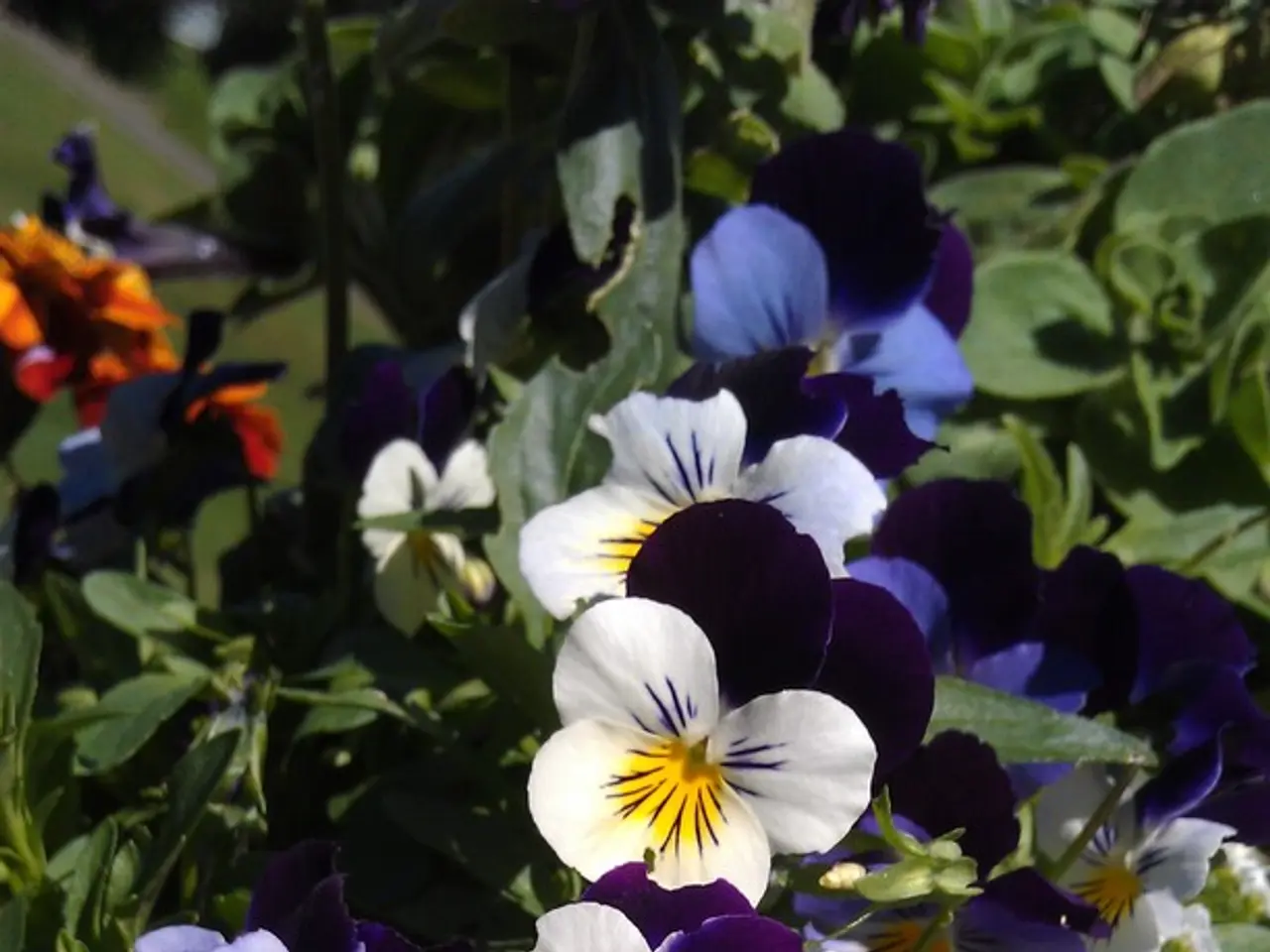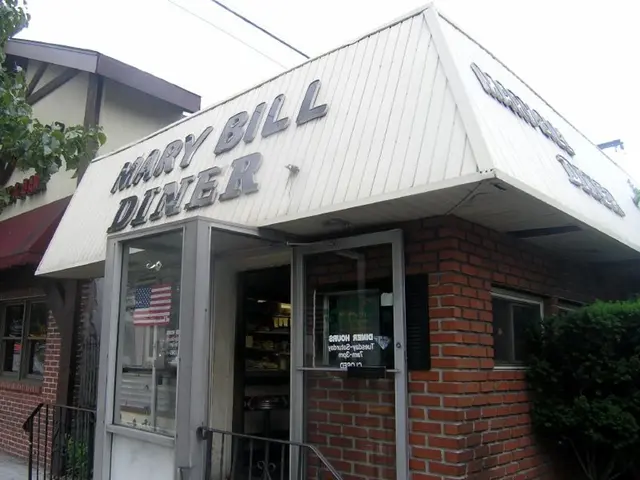Mastering the Art of Indoor Flower Seeding: Expert Tips Revealed
Starting flower seeds indoors is an excellent way to cultivate a vibrant and healthy garden. This guide provides detailed steps and tips to help both beginners and experienced gardeners start flower seeds like a professional.
Key Steps and Tips
- Timing: Start seeds indoors 4 to 8 weeks before the average frost-free date to avoid leggy, spindly plants caused by starting too early.
- Containers: Use any container with drainage holes, such as seed trays, plastic pots, or even repurposed items like milk cartons. Sterilize containers to reduce disease risk.
- Soil/Medium: Use a sterile, well-draining seed-starting mix—commercial soilless mixes or homemade mixes combining peat moss, vermiculite, and perlite work best. If using garden soil, sterilize it by baking at 250°F for 45 minutes to kill pathogens and weed seeds.
- Moisture: Keep soil evenly moist but not soggy. Use a spray bottle or watering can for gentle watering to avoid displacing seeds.
- Light: Seedlings require bright light. A sunny south-facing window or supplemental grow lights for 12-16 hours a day improves growth.
- Temperature: Maintain proper warmth, often around 65–75°F, but this varies by species. Many seeds germinate better with bottom heat.
- Hardening Off: Before transplanting outdoors, gradually expose seedlings to outdoor conditions over 7-10 days, increasing sun, wind, and time outside daily to strengthen stems and reduce transplant shock.
Benefits of starting seeds indoors include:
- Extending the growing season by starting plants earlier indoors.
- Improving germination rates and seedling health under controlled conditions.
- Producing stronger, more robust plants for better garden performance.
- Allowing selection and care of seedlings free from outdoor pests and unpredictable weather.
Indoor seed starting enables gardeners to experiment with a diverse range of flower species and cultivars, enhancing the aesthetic appeal of gardens and supporting biodiversity. Gather necessary materials such as seed-starting trays or pots with drainage holes, high-quality seed-starting soil or potting mix, watering can or spray bottle, grow lights or a sunny windowsill, labels for tracking seed varieties, and an optional heat mat to promote germination.
When seedlings develop their first true leaves, thin out weaker plants and transplant the strongest ones into larger containers or outdoors when conditions are suitable. Gradually expose seedlings to outdoor conditions over a week to harden them off, reducing transplant shock. Starting flower seeds indoors extends the growing season, allowing for earlier transplantation and a longer display period.
Indoor seed starting provides a controlled environment with optimal temperature, humidity, and light conditions for seed germination and growth. Select flower seeds based on climate, available space, and personal preferences, considering factors such as growing season, sunlight requirements, and seed viability and germination rate. Popular choices for indoor starting include petunias, marigolds, zinnias, and impatiens, among others.
Maintain consistent moisture by misting or watering gently, and cover the containers with plastic wrap or a clear lid to retain humidity, creating a mini greenhouse environment. Follow the specific depth instructions provided on the seed packet when sowing seeds, and use a pencil or stick to make shallow holes if necessary.
Starting seeds indoors can be more cost-effective than purchasing mature plants from nurseries, as it reduces the need for frequent trips and allows for the cultivation of a wider variety of flowers. Ensure good air circulation to prevent fungal diseases, and keep a gardening journal to track progress and learn for future seasons.
Clean and sterilize containers before filling them with moist seed-starting soil, leaving about 1⁄4 inch space at the top. Once seeds germinate, usually within 7-14 days, remove the cover and provide ample light. Use grow lights if natural sunlight is insufficient, positioning them 2-3 inches above the seedlings.
- To ensure a thriving home-and-garden, gardeners should consider starting their flower seeds indoors using seed trays or repurposed items with drainage holes, and using a sterile soil-less seed-starting mix.
- Enhance your home-and-garden lifestyle by extending the growing season and experimenting with a diverse range of flower species, by starting your flower seeds indoors and providing careful care until they're strong enough to be transplanted outdoors.




